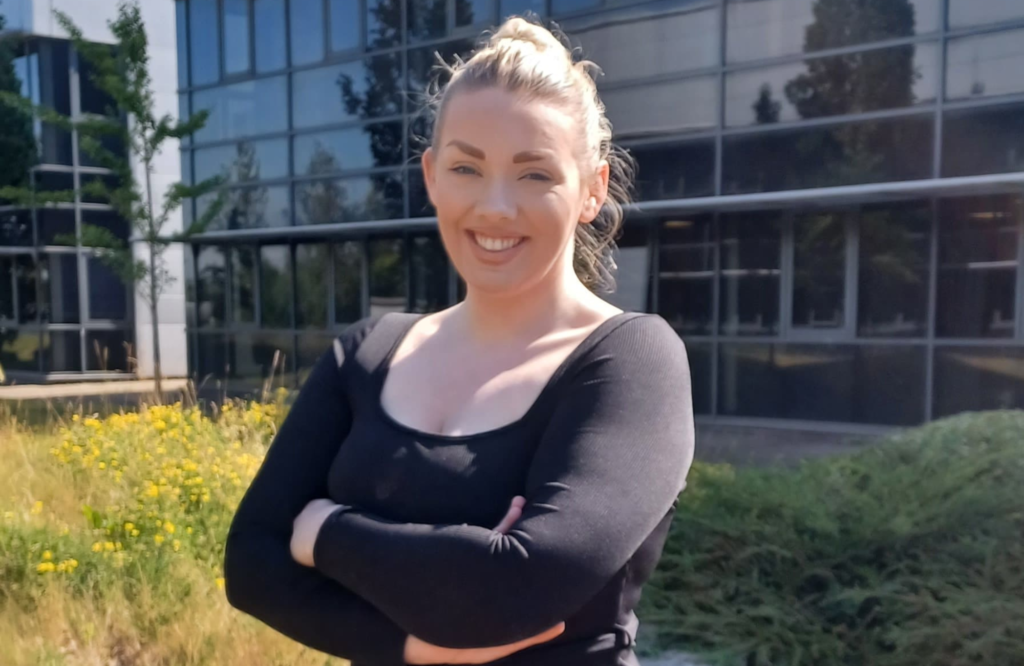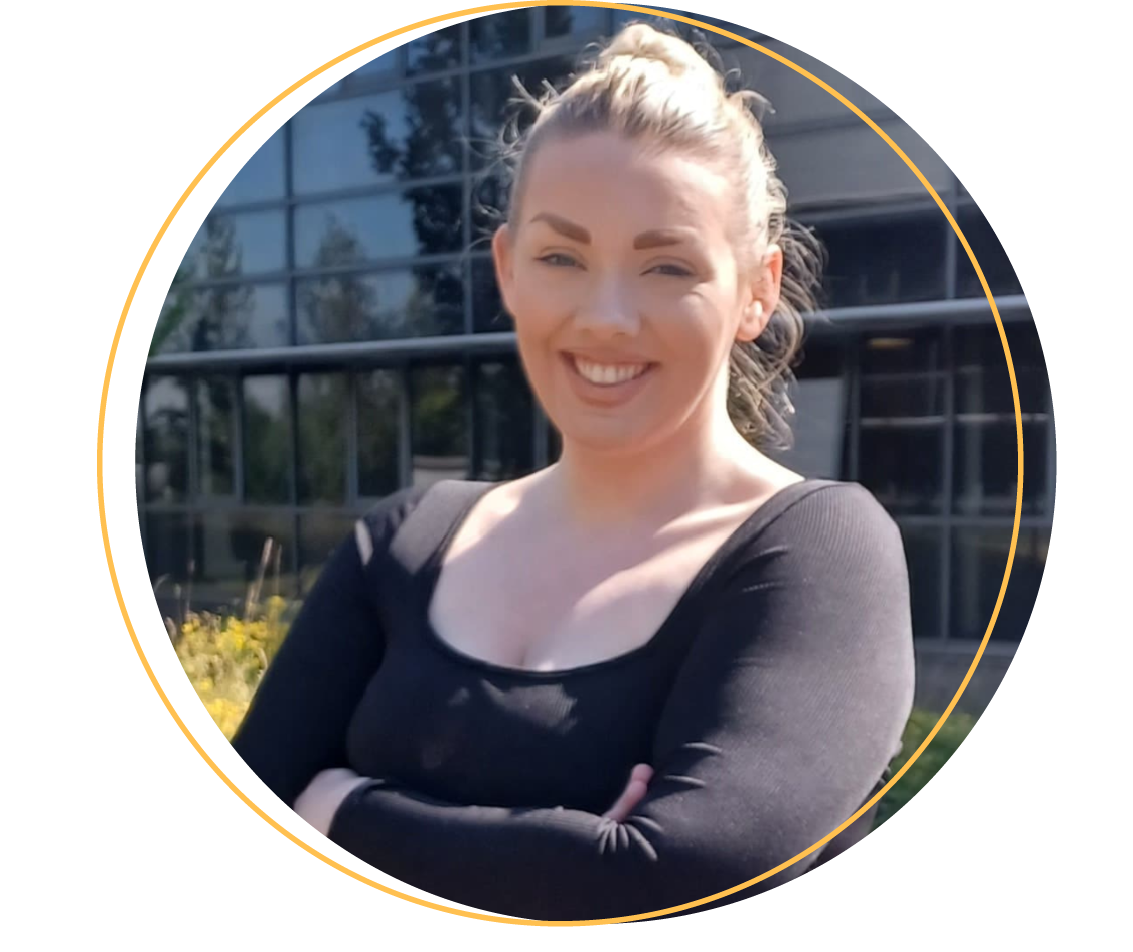Today is National Writing Day, an annual day dedicated to celebrating and practicing creative writing. Catherine, our dedicated Learning Content Writer at olano, is responsible for creating written content for our blog and works with clients to create eLearning courses.
We spoke with her about writing content for the L&D world…
What is your starting point for a blog?
“When writing for the learning and development industry, I look at what’s trending and come up with an idea based on that. I’d say finding what’s trending and using that as a starting point to base a blog on is really useful.”
Do you research before writing a blog?
“I normally do a little bit of research about what to write, look into statistics and find information that will provide value to the reader. This will then be made into a bullet point list which I create a summary of to introduce the topic.
Writing an introduction is the hardest part; once I’ve done that the rest comes together quite quickly.”
How do you engage an audience when writing?
“I find topics that will interest our audience when reading it, but this depends on who I’m writing for. It’s important to look into the audience in more depth, find out what they want to know and what they will take away from it.
To engage an audience, I try to find points that will grab their attention and back this up with evidence. I tend to find a key statistic that is eye-catching and include this at the start to initially grab the reader’s attention.”
Bearing that in mind, how do you write for your audience?
“Primarily, our audience at olano is businesses already providing or looking to provide eLearning to their employees, which cover a variety of sectors.
It’s important to remember that I’m writing for a business rather than a person and need to keep in mind how the content will add value to them as a business. So, when I’m writing, I try to convince businesses to think ‘yeah that will help me keep my employees and help ensure we provide the best service possible’.”
Which area of L&D do you particularly enjoy writing about the most and why?
“I’d probably say the bespoke, eLearning side. We’re now moving into a world where businesses need their employees to be working and learning at the same time.
Not long after joining olano, I wrote an article on learning in the flow of work which identified how we can adapt learning to provide more flexibility. I particularly enjoyed writing this blog as it’s a topic I found really interesting.”
What is your best tip when writing a blog?
“My best tip when writing is to keep an open mind and do your research. It can be very daunting writing about topics you don’t know much about, so you have to do the research and become the expert.”

What is the starting point when writing an eLearning course?
“Creating an eLearning course always starts by having a call with the client, who explains what they’re looking for and gives a sense of direction. Usually, they will have an expert with them, which is helpful when trying to gather information.
It’s important for me to find out what level they want it writing at, who it’s being written for and factoring that in.”
What comes after the initial client meeting?
“After gathering information and noting down topics the client wants to cover, we create a storyboard. This involves working with the design team to make sure the writing and design matches to the audience the client is looking to speak to. This is a key element and requires me to have my creative head on!”
Do you have contact with clients between the start and end point of a project?
“The next point of contact with clients normally follows after sending over the storyboard and receiving their feedback.
This can be a quick process or take quite a while depending on the client. But if I feel anything has been missed or I’m unsure, it’s easy to contact a client for a quick call just to recap.”
Has your writing developed since moving to olano?
“Writing eLearning courses has taught me that each client has a different style and how to adapt to that.
While I have previous experience from freelance writing for different companies, it wasn’t as fast paced as it is with olano. I’ve had to learn to switch very quickly between two different styles.”
Are there any other areas you have developed in?
“At the start when I was storyboarding, I didn’t have the knowledge of designers’ timescales.
When you’re working in an industry where visuals, videos, animations and visually engaging material are needed, you need to understand expectations and limitations within that.
Working alongside the designers has really benefitted my writing.”
How do you adapt between styles when working with different clients?
“Each client has their own style, and this was difficult to adapt to initially. What I tend to do is take a 15-minute break when moving from one client to another and reset. I go over the information, read examples and familiarise myself with the client’s writing style. Having access to previous learning courses is helpful too.”
If you’re struggling with a project, what would you do?
“There are people around me to help if something doesn’t sound quite right. If I ever doubt that what I’ve written isn’t in the style it needs to be in, I will always check with my manager to see if it’s on brand.
You shouldn’t be afraid to ask those questions with industry experts all around you.”
Providing them with valuable content is key to capturing your audience and keeping them engaged. Looking to provide employees with engaging content? Here are 5 ways to capture an audience with eLearning.




